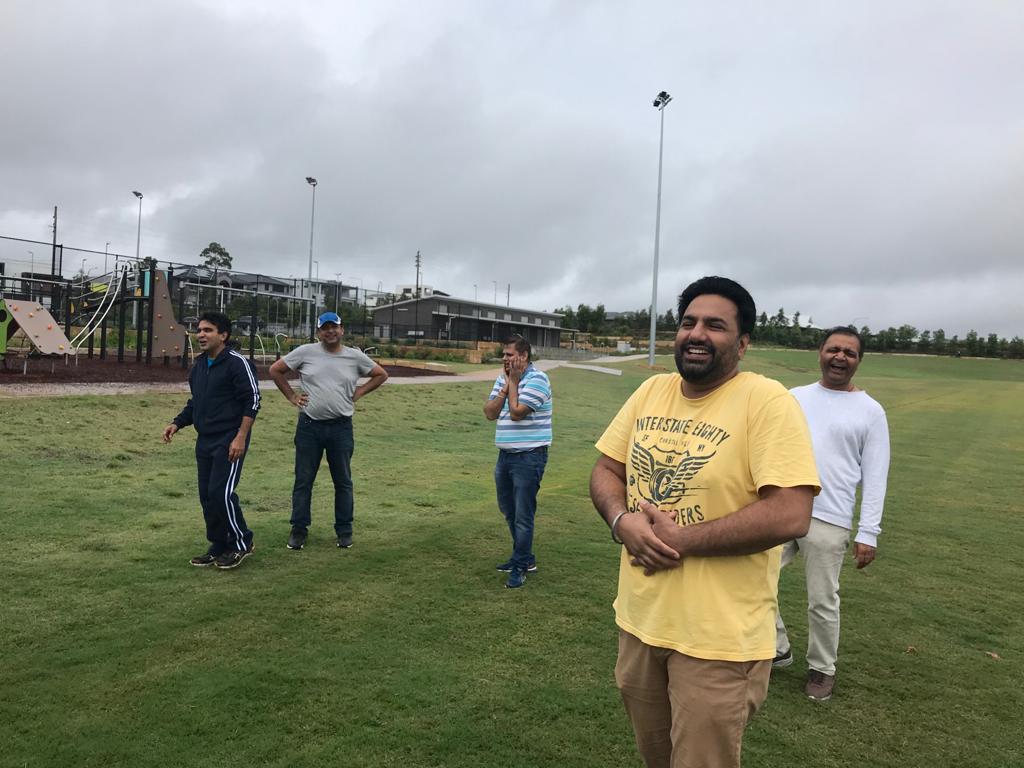

The Laughter Yoga Experience
Laughter Yoga sessions are filled with a variety of laughter exercises and group dynamics that make the experience truly unique. Let’s delve into what makes the Laughter Yoga experience so special:
1. Laughter Exercises: Laughter Yoga sessions involve a range of structured laughter exercises that help participants loosen up and initiate laughter. These exercises don’t rely on jokes or humor; instead, they tap into the childlike playfulness within us. Here are a few examples:
Greeting Laughter: Participants greet each other with hearty laughter, creating an atmosphere of warmth and positivity.
Silent Laughter: This involves laughing without making any sound, which often leads to bursts of contagious laughter as participants make eye contact.
Lion Laughter: Embrace your inner lion by stretching out your arms, opening your mouth wide, and laughing with a roar.
2. Group Dynamics: One of the most fascinating aspects of Laughter Yoga is the contagious nature of laughter itself. When people come together in a group and engage in laughter exercises, the laughter becomes infectious. This phenomenon amplifies the feelings of joy and connection among participants. Group dynamics in Laughter Yoga include:
Mirroring: People often find themselves mirroring the laughter of others, creating a harmonious laughter rhythm within the group.
Laughter Waves: Laughter tends to come in waves, with one person’s laughter triggering another’s, and so on, leading to a cascading effect of shared merriment.
Shared Joy: The collective experience of laughing with others can create a sense of unity and camaraderie, even among strangers.
3. Emotional Release and Liberation: Laughter Yoga provides a safe space for emotional expression. Many participants find that the practice allows them to release stress, tension, and even pent-up emotions. It’s not uncommon for participants to start with simulated laughter and then transition into genuine, uninhibited laughter. This emotional release can be cathartic and leave participants feeling lighter and more carefree.
4. Mind-Body Connection: Combining laughter with deep yogic breathing techniques is a key component of Laughter Yoga. These breathing exercises promote relaxation and mindfulness, allowing participants to connect with their bodies and the present moment. The controlled breathing also helps participants sustain laughter for longer periods, enhancing the overall experience.
5. Laughter as a Universal Language: Laughter is a language that transcends cultural barriers. In a Laughter Yoga session, people from different backgrounds and languages can come together and communicate through laughter. This universal connection reinforces the idea that joy is a common thread that binds humanity.